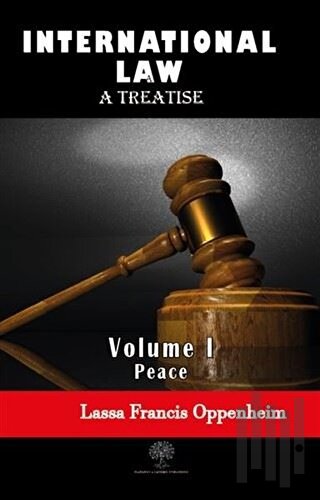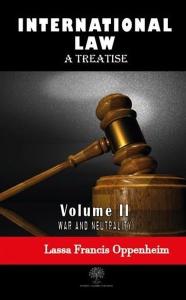
“The manifold interests which knit all the civilised States together and create a constant intercourse between one another, have long since brought about the necessity that these States should have one or more official representatives living abroad. Thus we find everywhere foreign envoys and consuls. They are the agents who make possible the current stream of transactions between the Governments of the different States. A number of International Offices, International Bureaux, International Commissions have been permanently appointed for the administration of
international business, a permanent Court of Arbitration has been, and an International Prize Court will soon be, established at the Hague. And from time to time special international conferences and congresses of delegates of the different States are convoked for discussing and settling matters international. Though the individual States are sovereign and independent of each other, though there is no international Government above the national ones, though there is no central political authority to which the different States are subjected, yet there is something mightier than all the powerful separating factors: namely, the common interests.”
“The manifold interests which knit all the civilised States together and create a constant intercourse between one another, have long since brought about the necessity that these States should have one or more official representatives living abroad. Thus we find everywhere foreign envoys and consuls. They are the agents who make possible the current stream of transactions between the Governments of the different States. A number of International Offices, International Bureaux, International Commissions have been permanently appointed for the administration of
international business, a permanent Court of Arbitration has been, and an International Prize Court will soon be, established at the Hague. And from time to time special international conferences and congresses of delegates of the different States are convoked for discussing and settling matters international. Though the individual States are sovereign and independent of each other, though there is no international Government above the national ones, though there is no central political authority to which the different States are subjected, yet there is something mightier than all the powerful separating factors: namely, the common interests.”
| Taksit Sayısı | Taksit tutarı | Genel Toplam |
|---|---|---|
| Tek Çekim | 458,80 | 458,80 |














